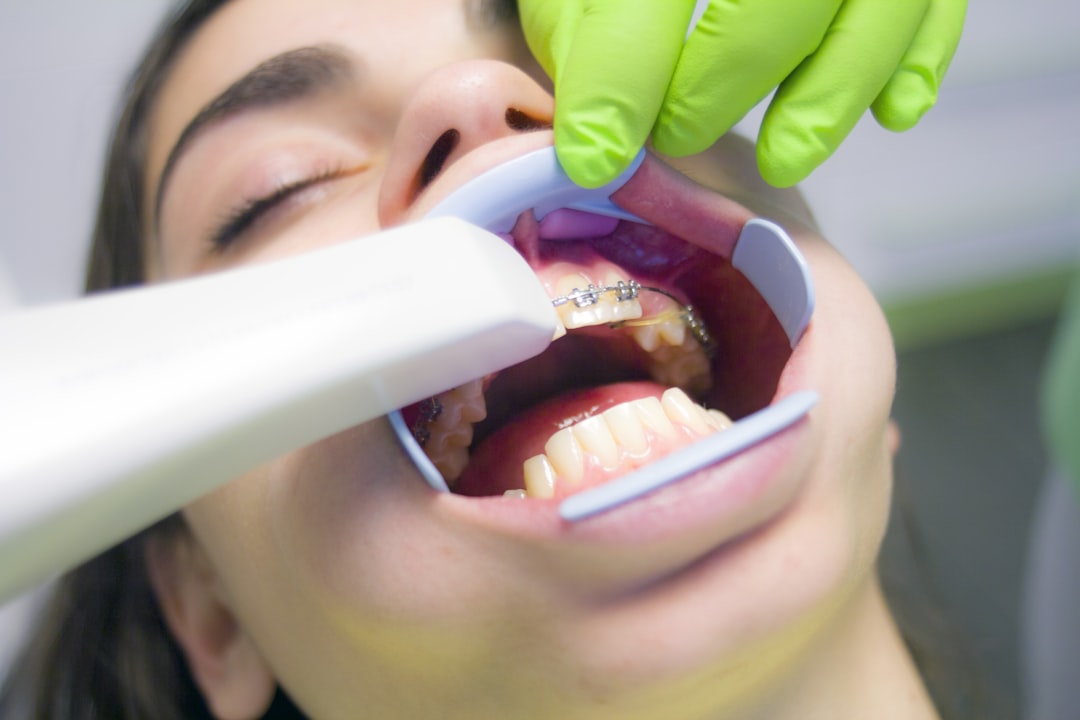
Rehabilitation centers play a crucial role in helping individuals regain their mobility, independence, and overall quality of life. Behind the scenes, however, these facilities must navigate the intricate world of billing to ensure financial stability and provide excellent care. If you work in a rehab center or are involved in the billing process, understanding how to maximize rehab billing efficiency is essential. In this comprehensive guide, we will explore the key strategies and best practices that can help streamline your billing process and optimize revenue collection.
1. Stay Updated on the Latest Regulations and Guidelines
The world of healthcare billing is constantly evolving, and rehab centers must stay up to date with the ever-changing regulations and guidelines. Familiarize yourself with the latest updates from Medicare, Medicaid, and private insurance companies to ensure compliance. By staying current, you can avoid claim denials and delays, maximizing your revenue flow.
2. Accurate Documentation is Key
Accurate and thorough documentation is crucial for successful rehab billing. Ensure that your therapists document all services provided, including the details of therapy sessions, progress notes, and any additional necessary documentation. This documentation will support the claims you submit and increase your chances of receiving proper reimbursement.
3. Streamline the Verification Process
To minimize billing errors and expedite reimbursement, it is essential to streamline the insurance verification process. Implement a system that verifies insurance coverage before the patient’s first visit. This step will help you identify any potential issues, such as expired coverage or limitations on services, allowing you to address them proactively.
4. Utilize Electronic Health Records (EHR) Systems
Investing in an Electronic Health Records (EHR) system can significantly enhance your rehab billing process. EHR systems enable seamless integration of patient information, treatment plans, and billing data, reducing the chances of errors caused by manual entry. These systems also allow for efficient claim submission, reducing administrative workload and improving overall billing efficiency.
5. Implement Regular Staff Training
Billing regulations can be complex, and it is essential to provide ongoing training for your staff to ensure their understanding and compliance. Regular training sessions can focus on coding updates, documentation requirements, and common billing errors. By empowering your staff with the necessary knowledge, you can minimize billing mistakes and optimize revenue.
6. Monitor Key Performance Indicators (KPIs)
Tracking and monitoring KPIs is vital for identifying areas of improvement in your rehab billing process. Analyze metrics such as average reimbursement rate, claims denial rate, and days in accounts receivable. By regularly reviewing these KPIs, you can identify trends and address any issues promptly, maximizing revenue collection.
7. Utilize Clear and Concise Patient Financial Responsibility Policies
Communicating your patient financial responsibility policies in a clear and concise manner is essential. Provide patients with a written policy that outlines their financial obligations, including copayments, deductibles, and any non-covered charges. This transparency will help set expectations and minimize confusion or disputes regarding billing matters.
8. Implement a Denial Management System
Denial management is a crucial aspect of efficient rehab billing. Implement a system that tracks and analyzes claim denials, enabling you to identify patterns and address recurring issues. By promptly resubmitting denied claims and rectifying any ongoing problems, you can minimize revenue loss and improve reimbursement rates.
9. Optimize Revenue Cycle Management
Effective revenue cycle management is vital for maximizing rehab billing efficiency. This process includes patient registration, accurate coding and documentation, claims submission, and timely follow-up on outstanding balances. By implementing a well-structured revenue cycle management system, you can streamline the billing process and improve overall financial performance.
10. Consider Outsourcing
If managing the billing process internally becomes overwhelming, you might consider outsourcing to a specialized rehabilitation billing company. These companies possess expertise in rehab billing and can handle all aspects of the process, from verification to claim submission and denial management. Outsourcing can save you time, reduce errors, and ensure maximum reimbursement.
In conclusion, maximizing rehab billing efficiency requires a comprehensive approach that encompasses staying updated on regulations, accurate documentation, streamlining processes, regular staff training, and utilizing technology. By implementing these strategies and best practices, you can optimize your rehab center’s revenue collection and focus on providing exceptional care to your patients.